Your home is your personal oasis and you should love being there. Comfortable furniture, soothing natural light, and accessories can make an empty shell feel like the most cozy and inviting place to ever exist. With just a few simple steps, your home will look professionally designed and you’ll love spending time there and inviting guests over. Let’s take a look at how you can style your home like a designer with accessories.
Types of Accessories
The first step to accessorizing your home is becoming knowledgeable about the different types of accessories there are. The possibilities are endless and if you’re able to choose some that suit your personality and natural vibe, you’re well on your way to having a gorgeous home. Mixing and matching different accessory types will help you to achieve an absolutely stunning look.
Let’s take a look at a few of the most popular home accessories that designers use:
● Artwork
● Sculptures
● Vases
● Area rugs
● Plants
How to Choose
When selecting your home accessories remember the golden rule: “quality over quantity.” Unless it’s the look you’re going for, you really don’t need a million little items to make a statement. Having too many accessories can easily make your home look overwhelming and cluttered to both you and your guests.
You can avoid a cluttered and unorganized look by choosing one or two key pieces that make a bold or sentimental statement. To decide on a key piece, you may want to choose:
● An item you got while traveling
● A handmade piece
● A woven basket from a local street vendor
● An heirloom
● Framed photos
● A mirror with a unique frame and shape
If you select just one or two key pieces and decorate around them, you’ll have such a successful housewarming party, your guests won’t want to leave. While we recommended keeping modern and traditional styles separated, we also recommended using your discretion. Make your space yours by using a little here and a little therex wherever you see fit.
Decorating
Now that you know the different types of accessories and how to choose your key pieces, let’s talk about the most important step: actually decorating your space. An important factor for ensuring you have cohesive design across your entire space is thinking about your color scheme. For example, if you’re aiming for a teal, gray, and white color scheme, avoid selecting a bright orange key piece. While your home does not have to be obnoxiously matched to a tee, try to keep your accessories and decor within one color palette.
Lamps, fireplace hearths, and quality frames can serve as decor pieces and functional tools for your home. Tie rooms together and complete themes by selecting a lamp or fireplace heart that seamlessly compliments your key piece.
Versatility
The best home decor is versatile home decor. If you like to change the look of your home with the seasons, choose accessories that are easy to swap out. This way, you’ll be able to get creative and make changes as often as you’d like. Tap into your artistic side and try different colors, styles, and textures throughout your home to give it a unique pop.
Be Inspired
When you enter the home decor section of a store, you may get overwhelmed. With aisles and aisles of options, you might not know where to start. Long before your arrival at the store, you need to:
● Find inspiration
● Decide on a color scheme
● Understand your unique style
● Make a list
By following these four simple steps, you’ll be able to shop with confidence and avoid having to make any returns. Choose to shop for your home accessories on a free day when you’re not pressed for time. Take time to walk through each aisle and compare items before making a purchase.
Have Fun
Yes, you want your home to be picture perfect — but there’s no need for your accessorizing process to be stressful or strenuous. If you need to, ask a friend or family member to help you out. What’s most important is that you have fun and enjoy your hard work at the end of the day. Pour a glass of your favorite beverage, whip up some yummy snacks, and ‘decor’ the night away. Good luck and cheers to having a beautifully decorated home!
*Go To Beasley & Henley Interior Design For More Design Ideas & Inspirations For Your Home*

















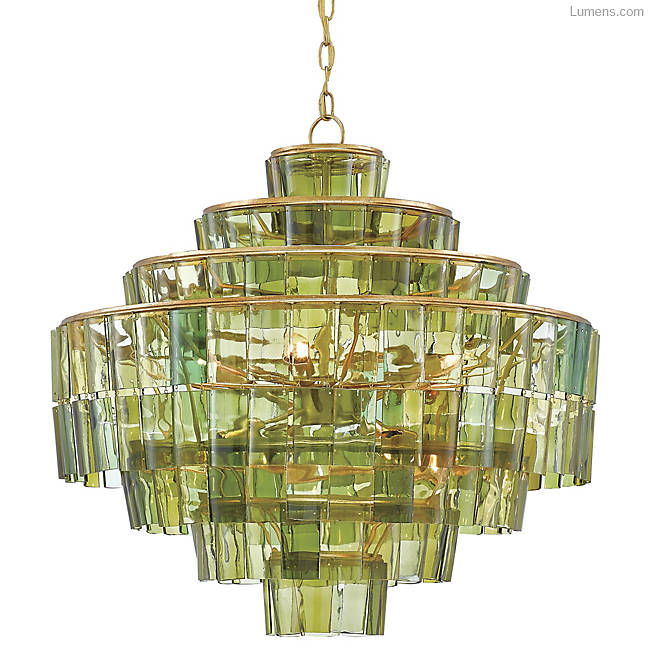


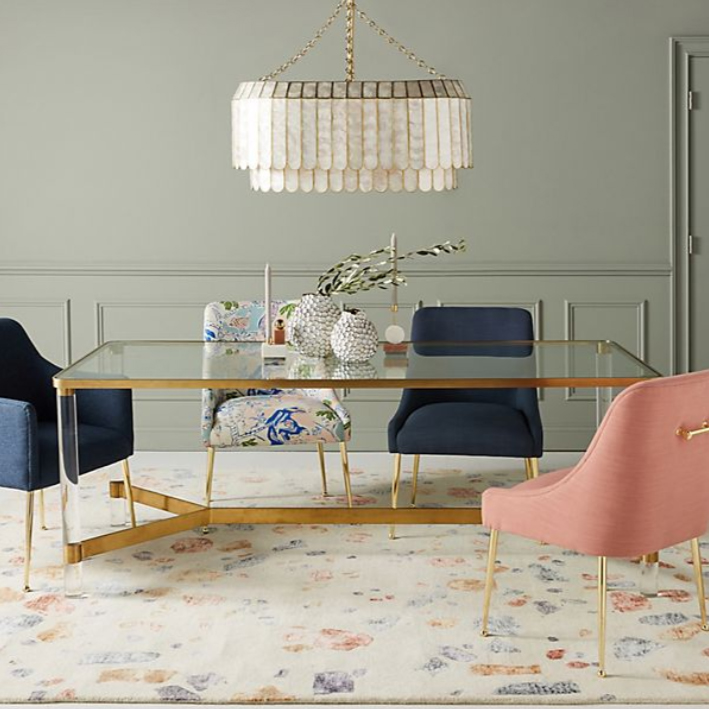
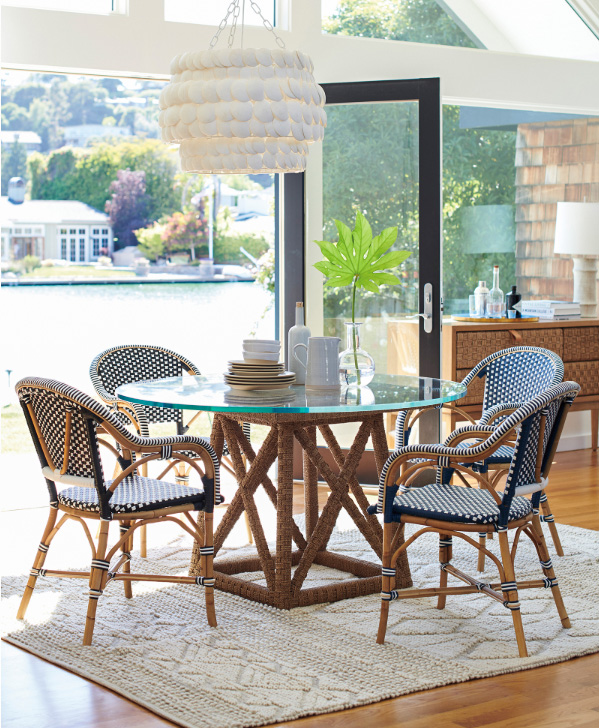
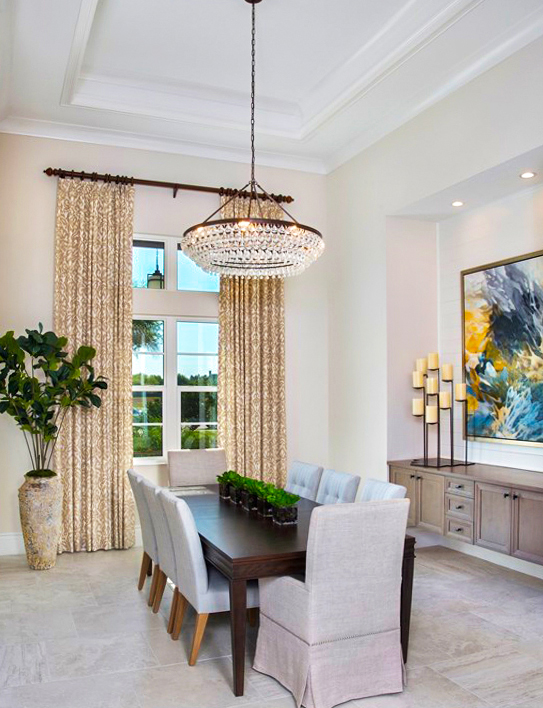
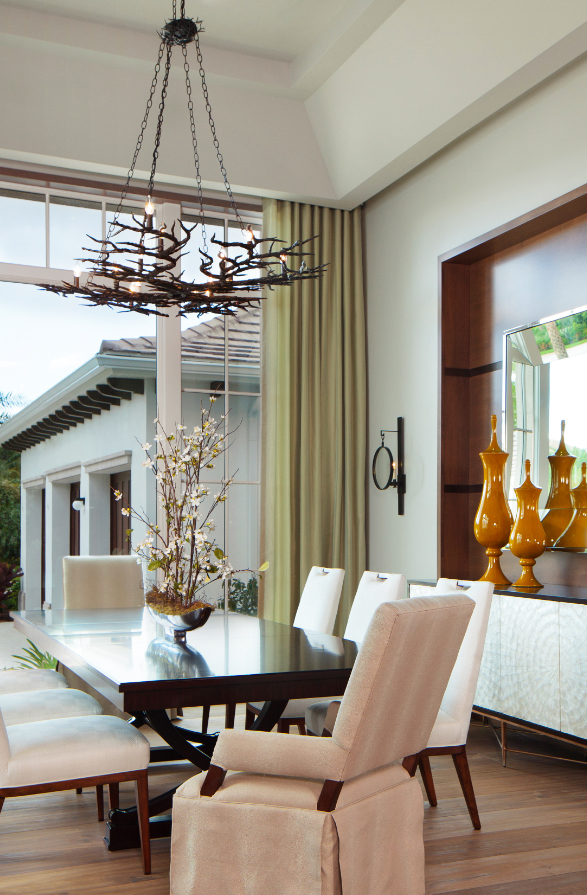

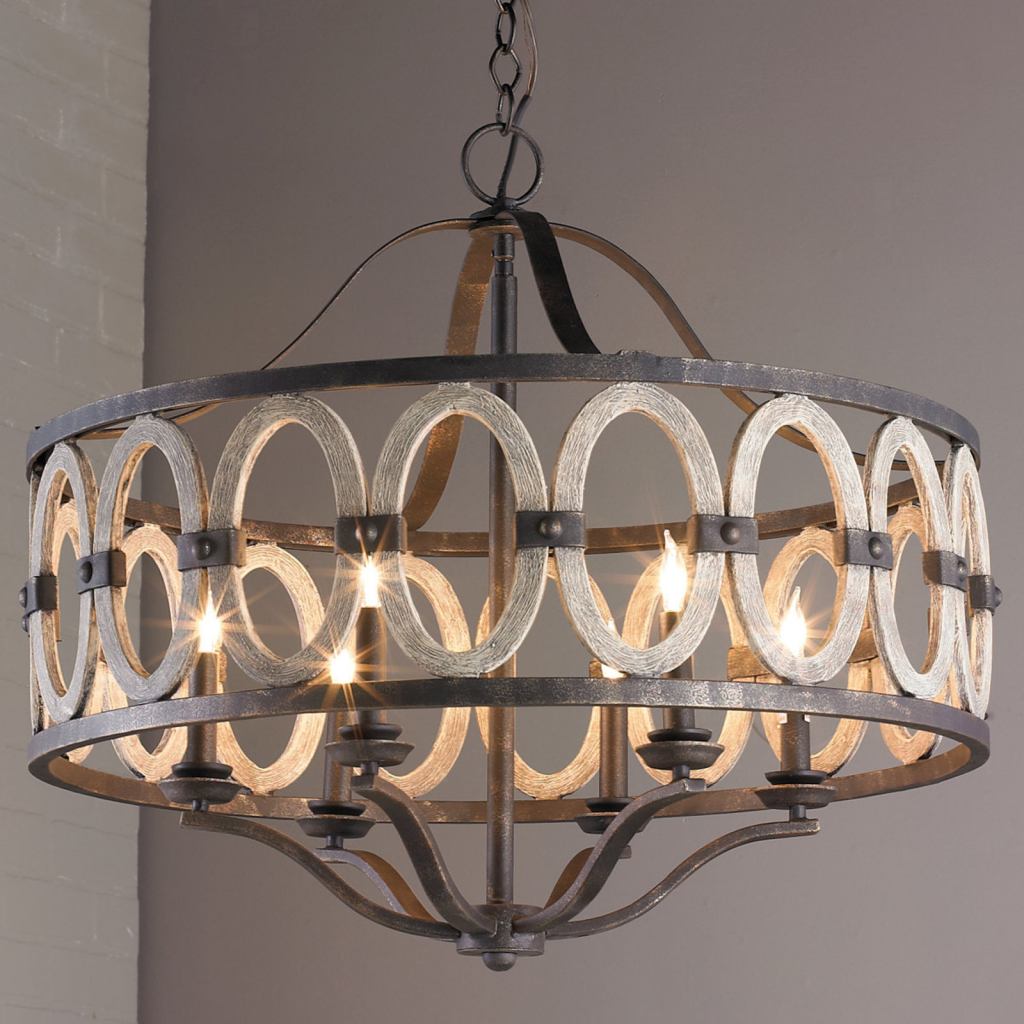


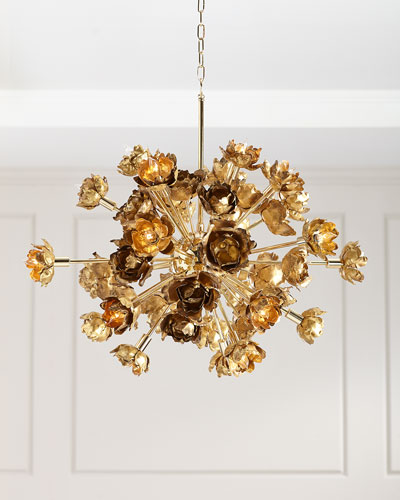
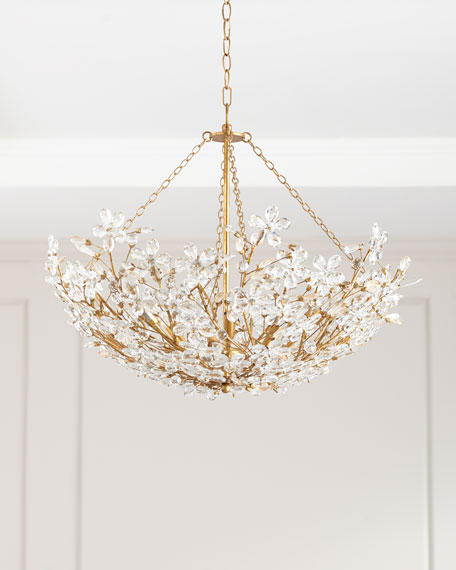
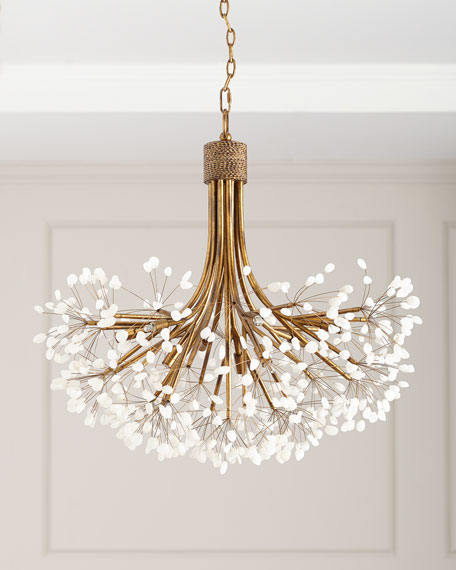














 TextureTexture is such a big thing this summer. You will see furniture that has a more natural handmade feel such as rattan and wicker. Textiles with lots of embellishments will be irresistible to the touch. From textural wall patterns to baskets texture is everything! Woven furniture, lighting and accessories offer a visual interest without being impactful in color. I feel texture makes a home warmer, lived in and welcoming.
TextureTexture is such a big thing this summer. You will see furniture that has a more natural handmade feel such as rattan and wicker. Textiles with lots of embellishments will be irresistible to the touch. From textural wall patterns to baskets texture is everything! Woven furniture, lighting and accessories offer a visual interest without being impactful in color. I feel texture makes a home warmer, lived in and welcoming. 

